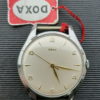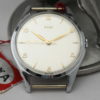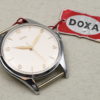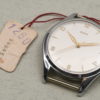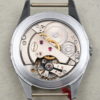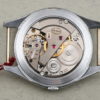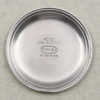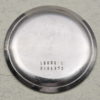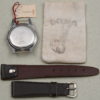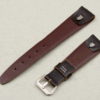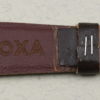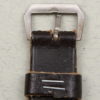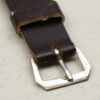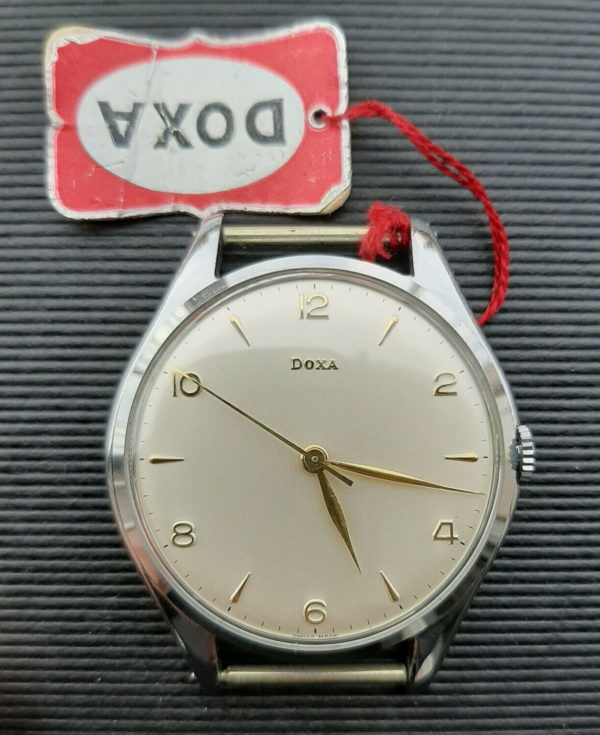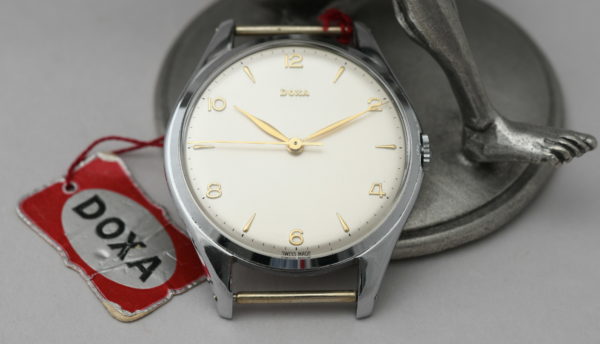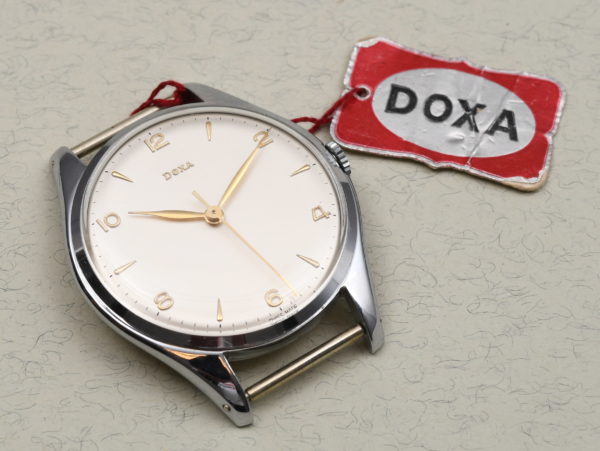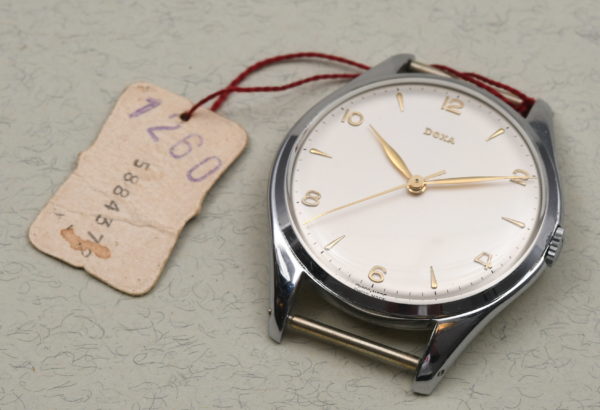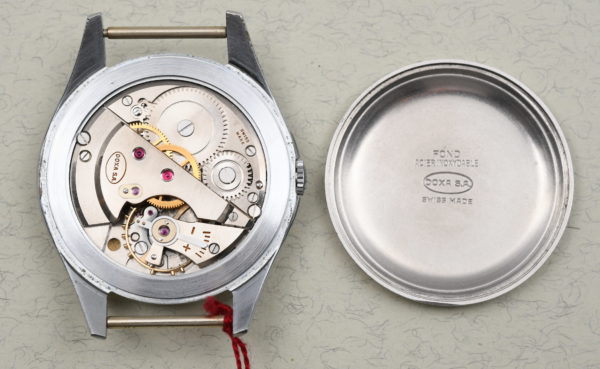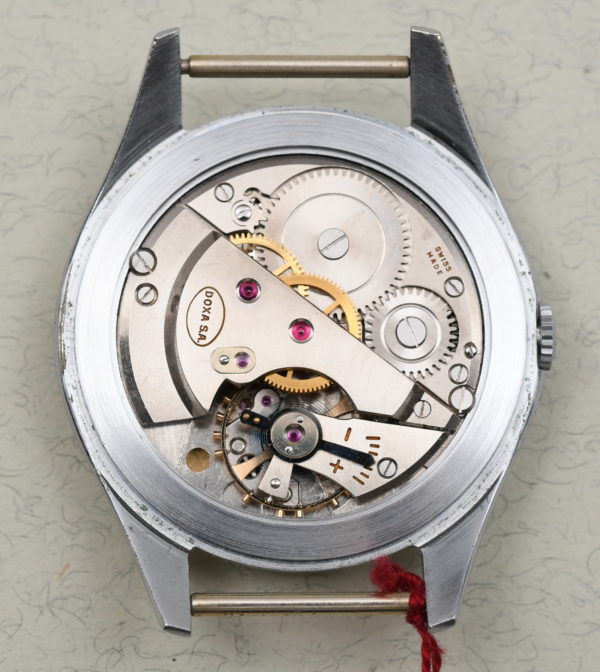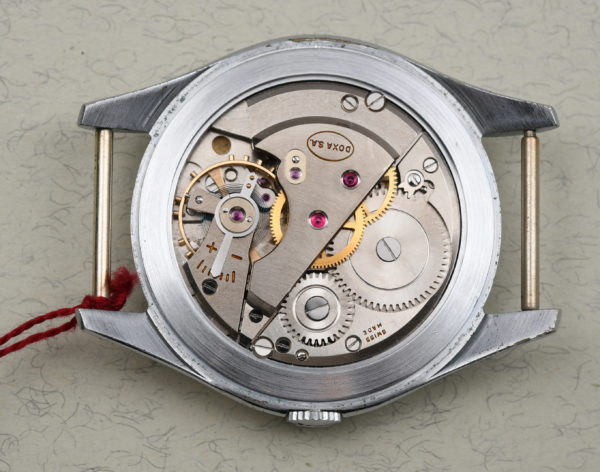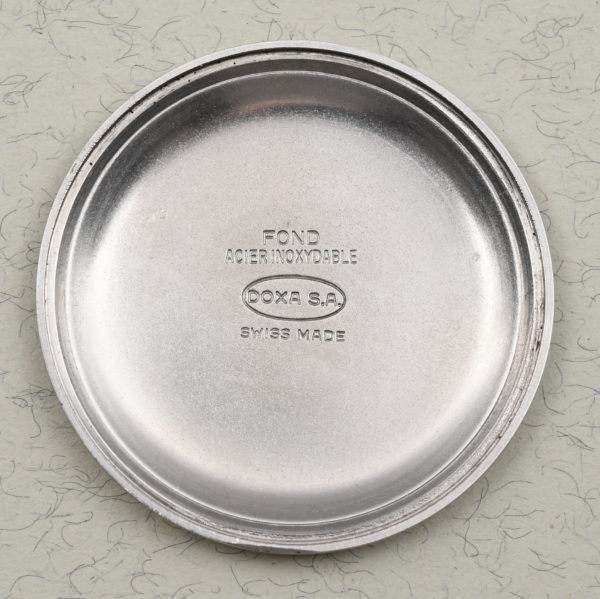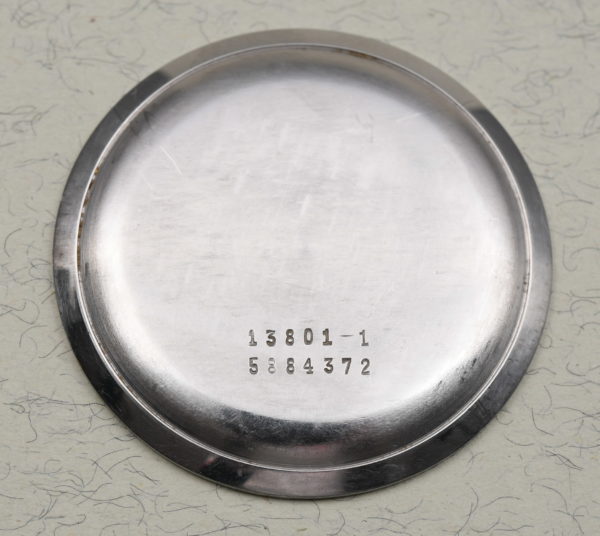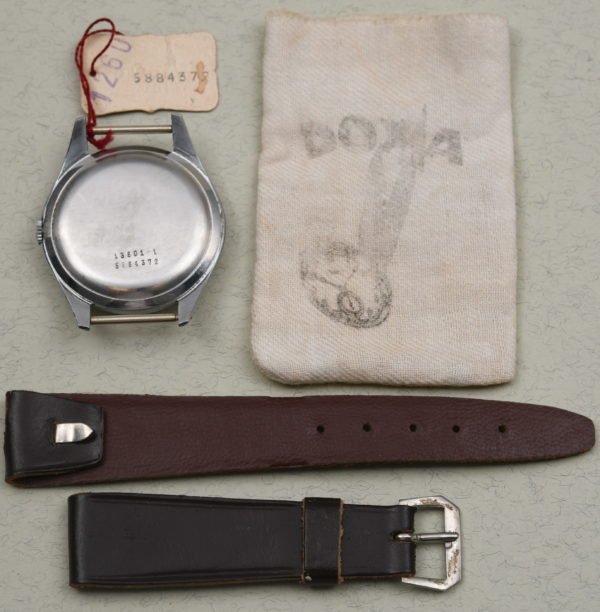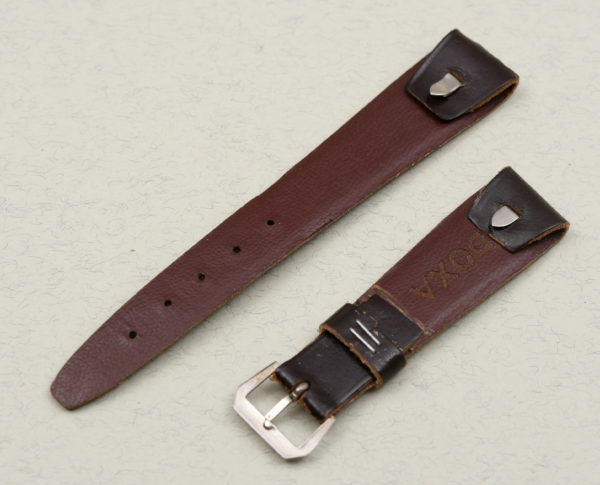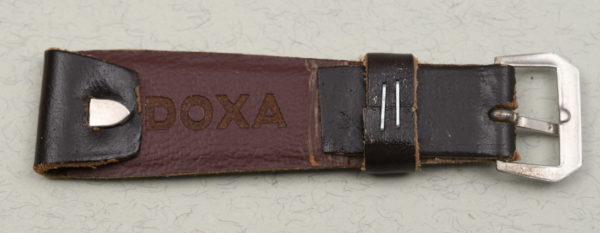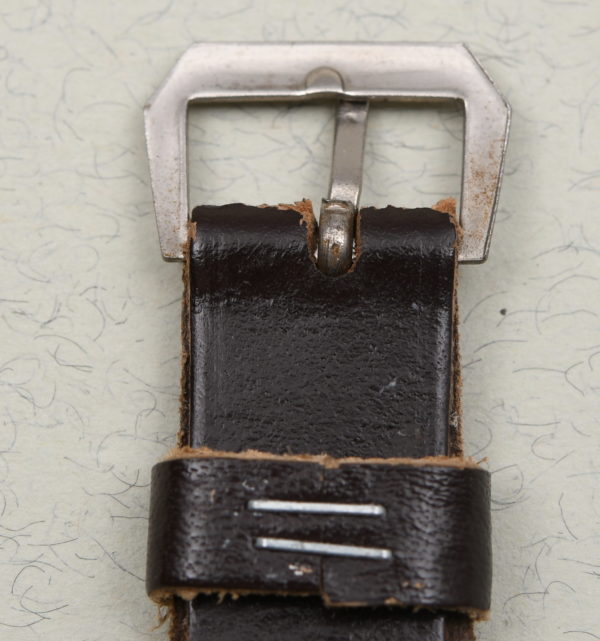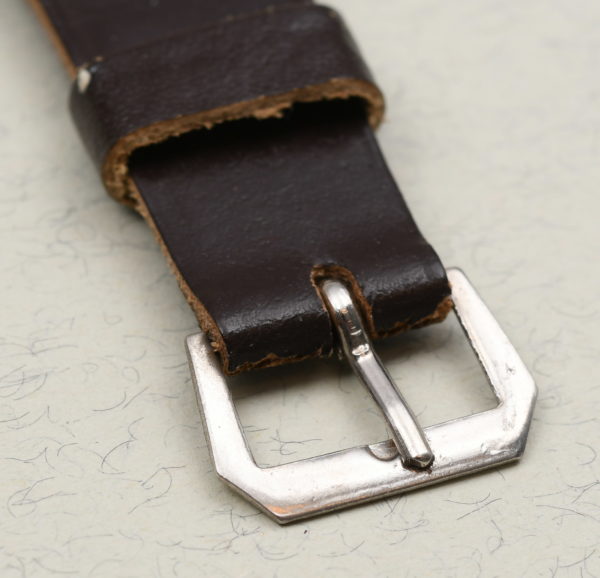Doxa was founded by Georges Ducommun as Georges Ducommun, Fabriques Doxa in 1889 in Le Locle, Switzerland. The company rose to prominence with the 1908 introduction of an 8-day watch movement that proved its value on the wrists of German soldiers in World War I. When Ducommun died in 1936, he was replaced at the helm by Jacques Nardin, grandson of famed Le Locle watchmaker Ulysse Nardin. Doxa returned to the battlefield in World War II with a series of popular chronographs used by German aviators. Doxa continued a strong association with Germany after the war, outfitting the German World Cup football team with gold watches and introducing “Grafic”, a line of Bauhaus square watches in 1956.
The Word “Jumbo” does not refer to one model or brand within the watch world. It refers to a very specific type of watches. “Jumbo” timepieces are mostly time-only (Calatrava) models that have a significantly larger size than its contemporaries from a certain era. Let’s say that in the ‘30s 28-31mm was the size of men’s watches. So, if you found one that was 34-35mm you could consider that a “Jumbo”. Though as of lately we are calling watches that are above 36mm or so for “Jumbos”.

